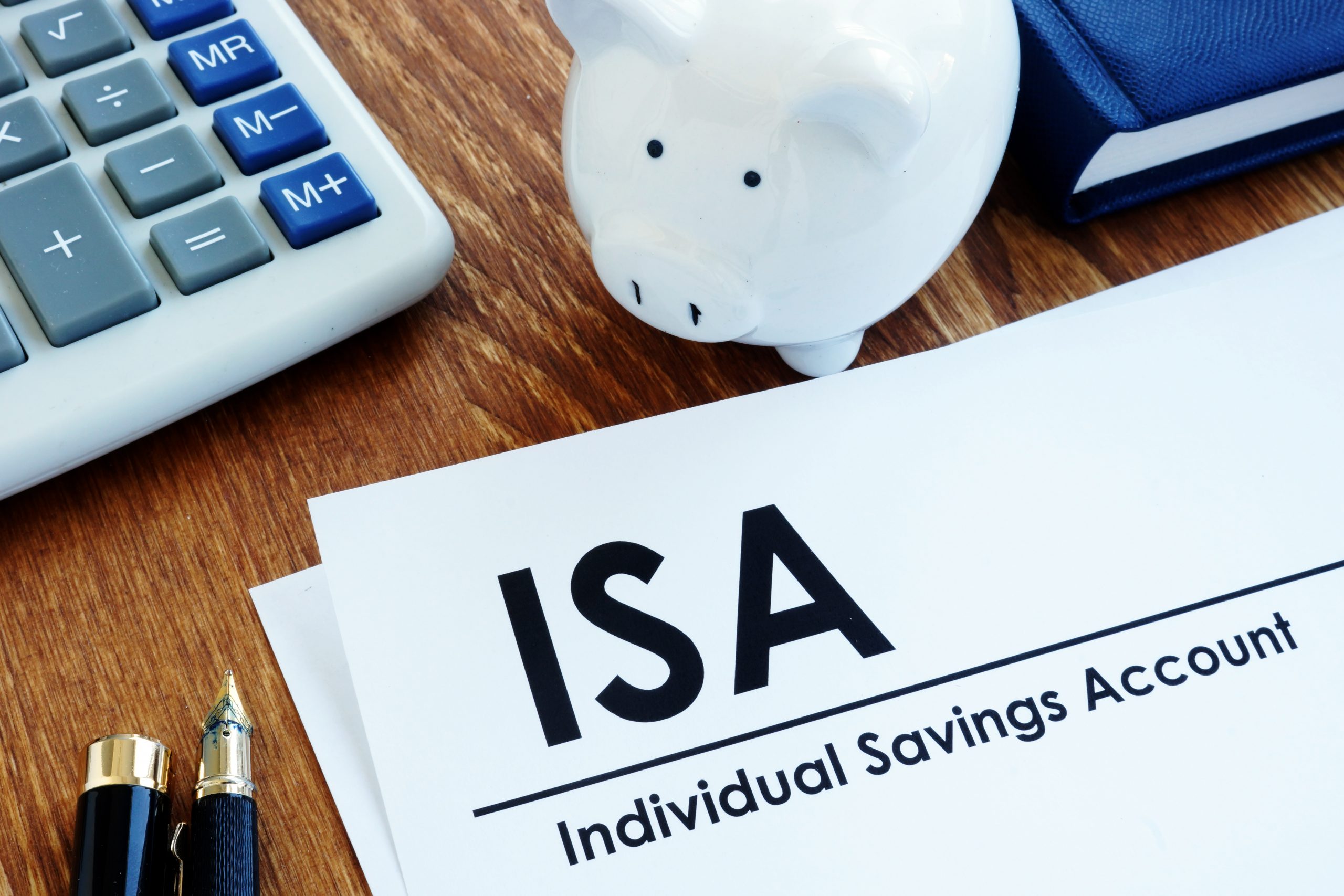News
Your back-to-basics ISA guide for 2020/21

You have until 5 April to use up the remainder of this year’s ISA allowance before it’s gone for good. Here’s everything you need to know about ISAs including what they are, how much money you can put in one, and what happens to them when you die.
What is an ISA?
An ISA – or Individual Savings Account – is simply a wrapper you put around your savings or investments. The wrapper doesn’t affect what’s inside. It just means the taxman can’t get his hands on any interest, income or capital gains you make.
What are the different types of ISA?
Cash ISA – this is a simple savings account inside an ISA wrapper and no tax is due on any interest you make. You can open a cash ISA from age 16. They are available from banks and building societies. Some are easy access meaning you can get your money out straightaway, while others lock your cash away for one, two, three or five years.
Stocks and shares ISA – this is an investment-based ISA so is riskier than a cash ISA. You can hold a range of funds, investment trusts and shares in a stocks and shares ISA. You will never pay income tax or capital gains tax on bond investments, or dividend tax or capital gains tax on stockmarket investments.
This type of ISA is available from online platforms such as AJ Bell, Hargreaves Lansdown and Interactive Investor. Robo-advice platforms, such as Nutmeg and Wealthsimple, offer a ‘no hassle’ way to invest and typically have lower minimum deposit requirements, but you will typically have less control over your underlying investments. You can open a stocks and shares ISA from age 18.
Junior ISAs – these are specifically designed for children aged 0 to 18. You can get a cash or a stocks and shares junior ISA and they work in the same way as the adult versions, aside from having a lower contribution limit (see below). Money in a junior ISA is tied up until the child reaches 18, at which point it belongs entirely to the child.
Innovative finance ISA – these ISAs mean you don’t have to pay tax on interest made from peer-to-peer lending. People who are willing to take more risk with their cash can lend money to individuals or companies via a peer-to-peer platform. Peer-to-peer loans typically offer higher interest rates than savings accounts – but for good reason. They are investments that involve more risk – i.e. the borrower may not be able to repay the loan – so the rate you see is not guaranteed.
Lifetime ISA – these ISAs let you save for a first house and/or retirement, as long as you’re aged between 18 and 40. You can contribute up to £4,000 each tax year into a LISA and you’ll receive a government bonus of 25% (£1,000 max. each tax year). You can use the money to buy your first home, or withdraw it once you reach 60. You have to pay a penalty if you withdraw the money for any other reason.
You can choose between a cash Lifetime ISA, which are available from some banks and building societies, or a stocks and shares version from an online platform.
Help to Buy ISA – these closed to new entrants last November, but if you have one already, you can continue contributing to it until November 2030. It is a type of cash ISA designed to help first time buyers save to get on the property ladder. The government will top up anything you save with a 25% bonus. You can pay in up to £200 a month and you can withdraw money from your account whenever you want. You can’t pay into a Help to Buy ISA in the same year you pay into any other cash ISA.
Is there a limit to how much you can pay into an ISA?
Each tax year – 6 April to the following 5 April – you’re given an ISA allowance, which is the maximum amount you can contribute into a cash ISA, stocks and shares ISA, Innovative Finance ISA and Lifetime ISA. This year the adult ISA allowance is £20,000 and the junior ISA allowance is £4,368.
Can you transfer an ISA?
Yes, you can transfer between ISAs of the same type, and between different types of ISA, so cash to stocks and shares and vice versa. But there are a couple of things to remember. Not all ISA providers allow transfers, so you’ll have to check with individual firms. Also, if you do want to transfer, never cash in your ISA and move the money yourself as it will lose its tax-free status. Instead, contact the provider you’re moving to and ask them to make the transfer.
What happens to your ISA after you die?
When you die, no more money can be added to your ISA but any growth in value during the probate stage will be tax-free. Once probate is completed, your ISA can be transferred to your surviving spouse while retaining its tax-free status. If it is being passed to anyone other than your spouse, it may be subject to inheritance tax.
If it is passed to your spouse, they will get an additional ISA allowance equal to the value of the cash or investments passed on, or the value of the ISA on the date of death, whichever is higher.
For example, at the time of death (must be on or after 3 December 2014), if your spouse had saved £20,000 in their ISA, in addition to your individual limit of £20,000, you’d also get a separate one-off £20,000 ISA allowance for that tax year.